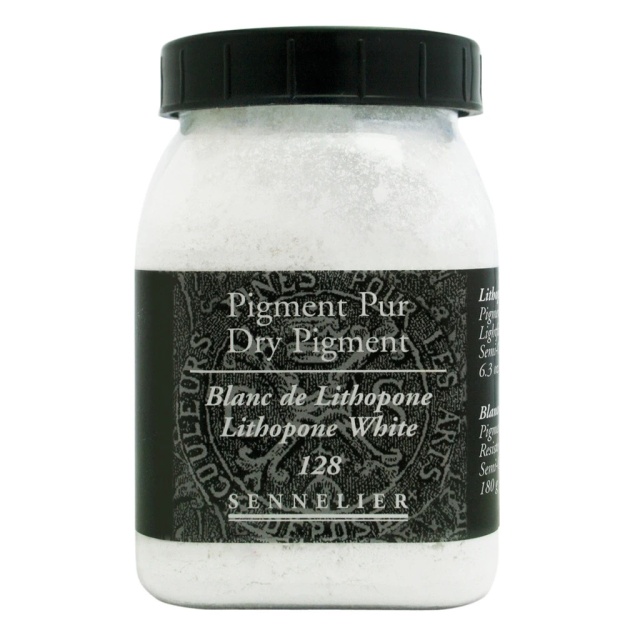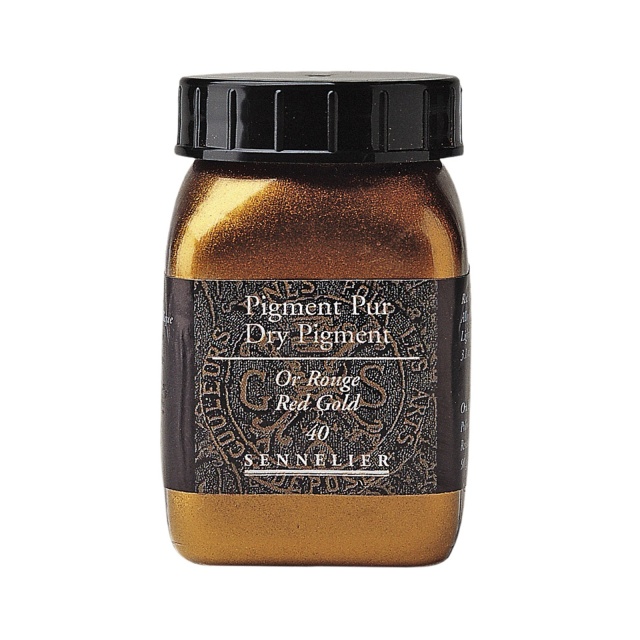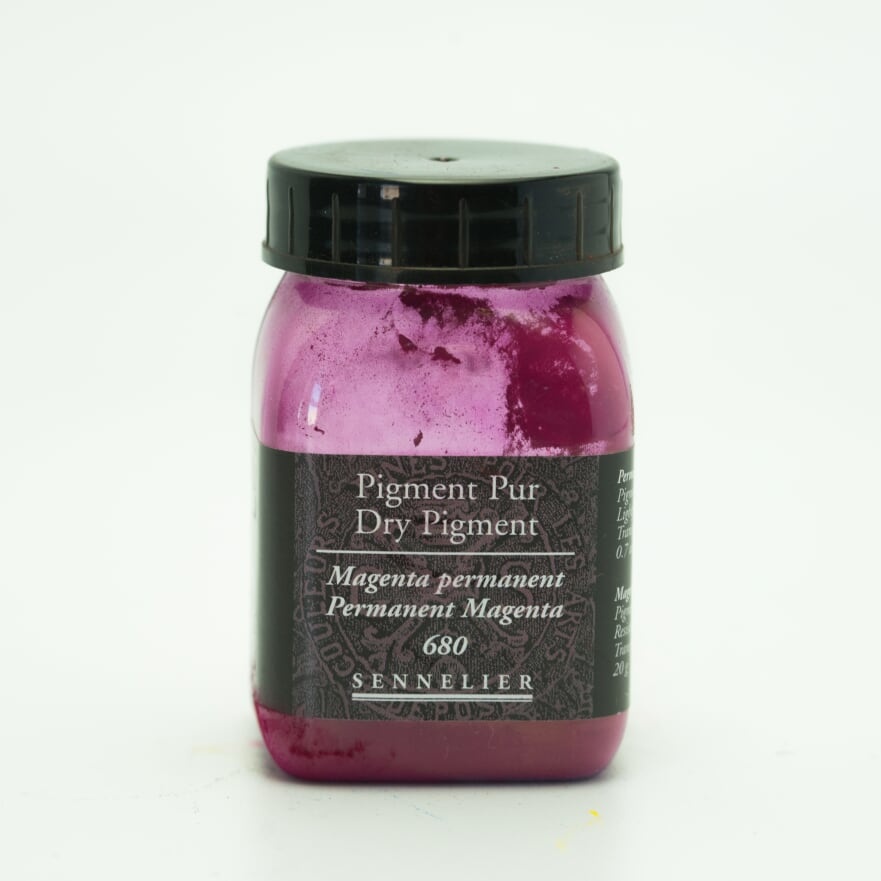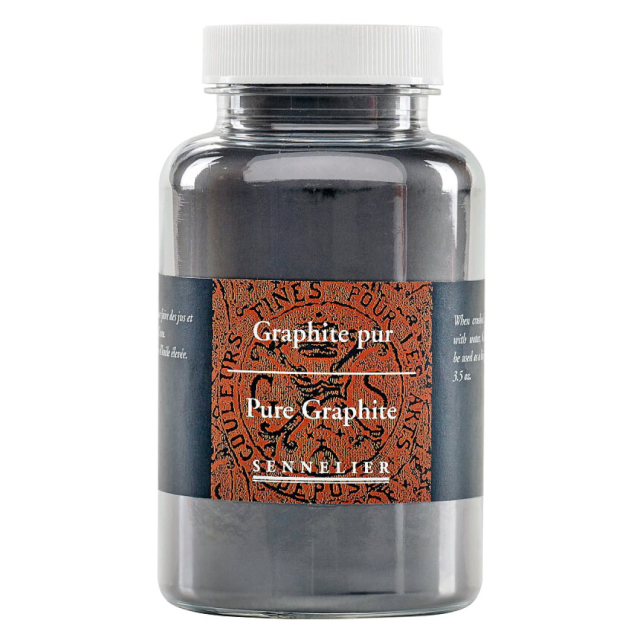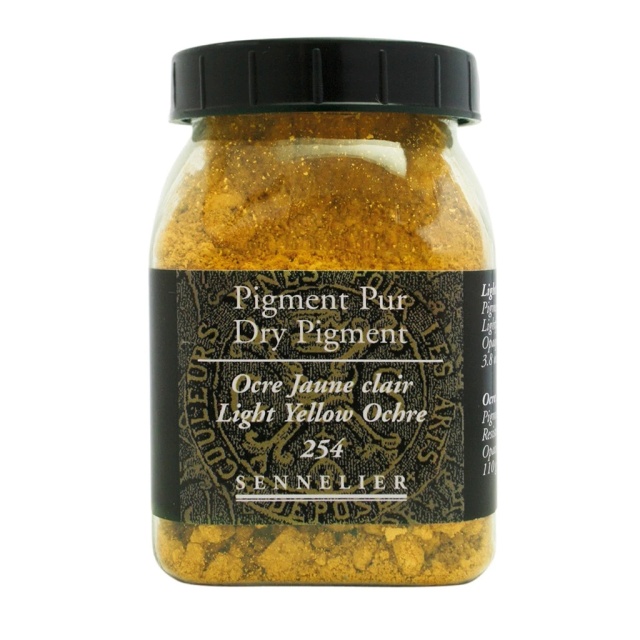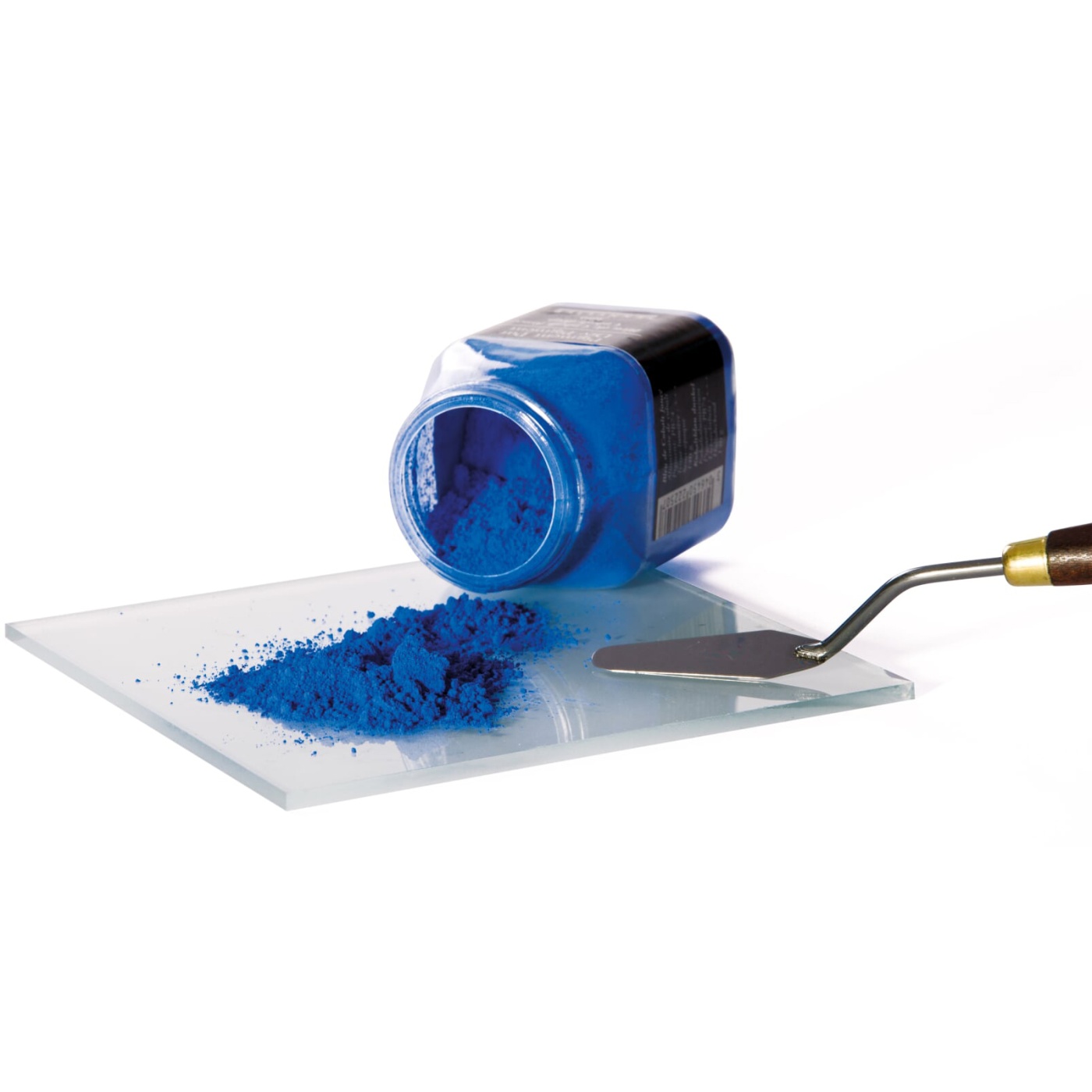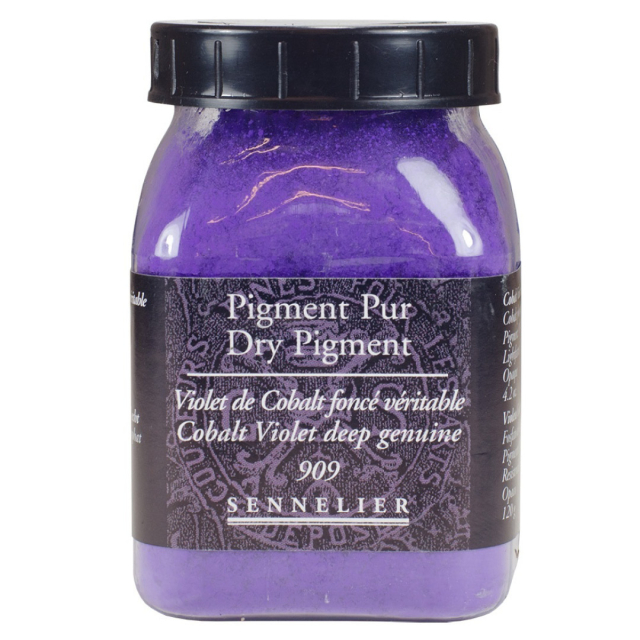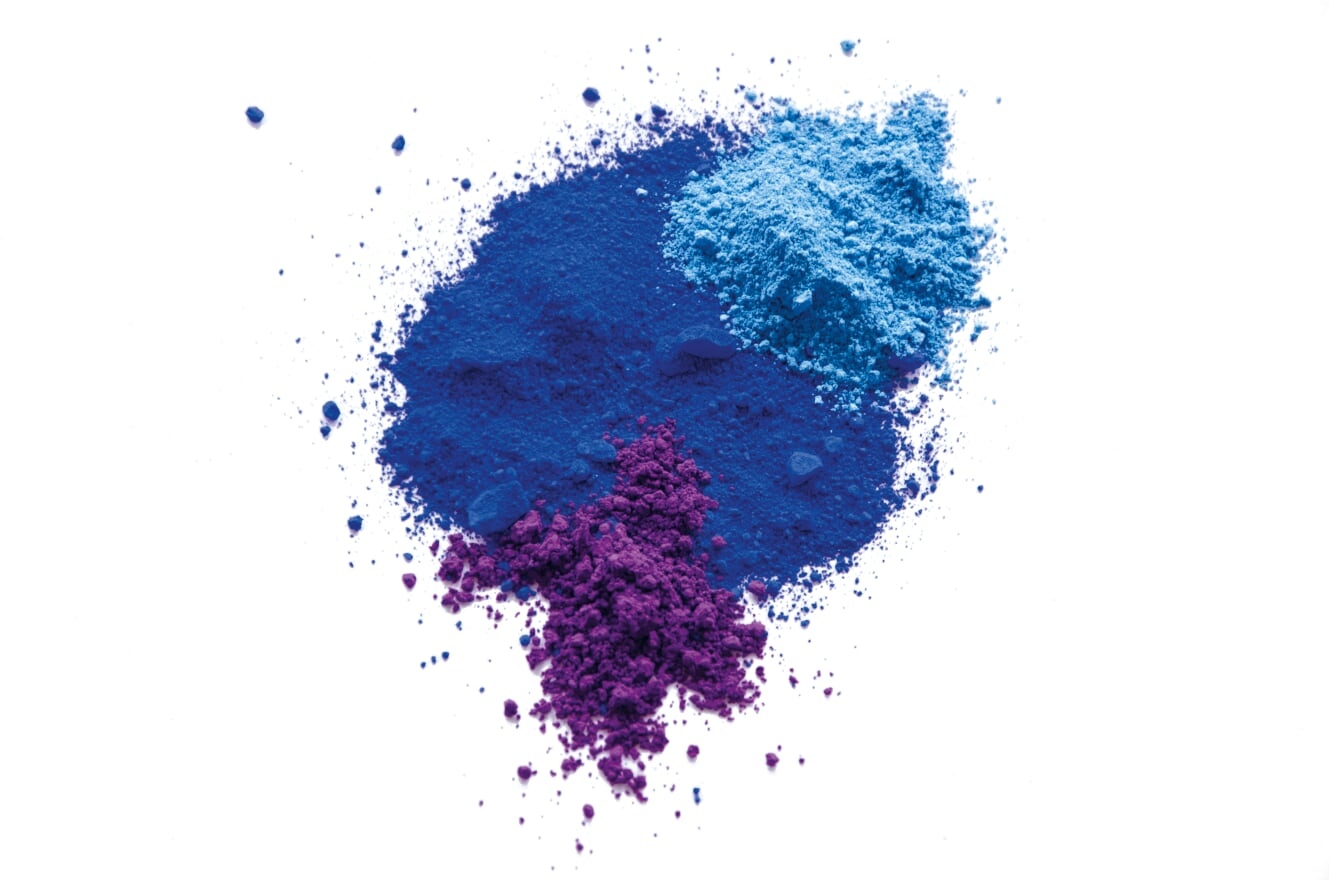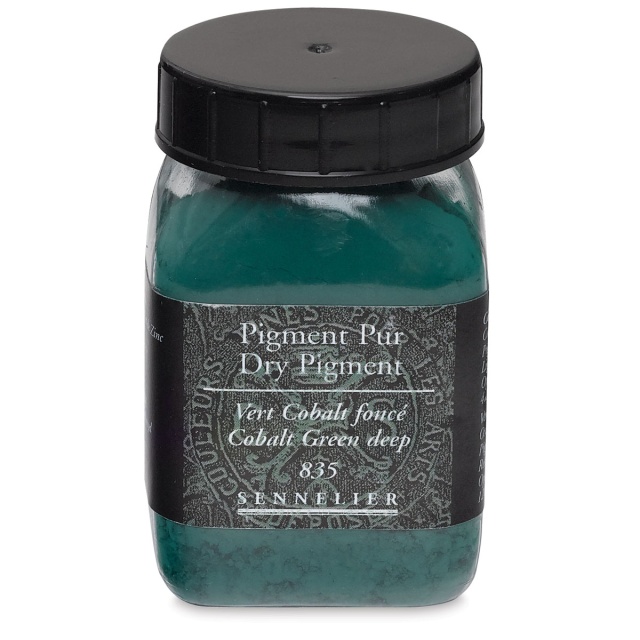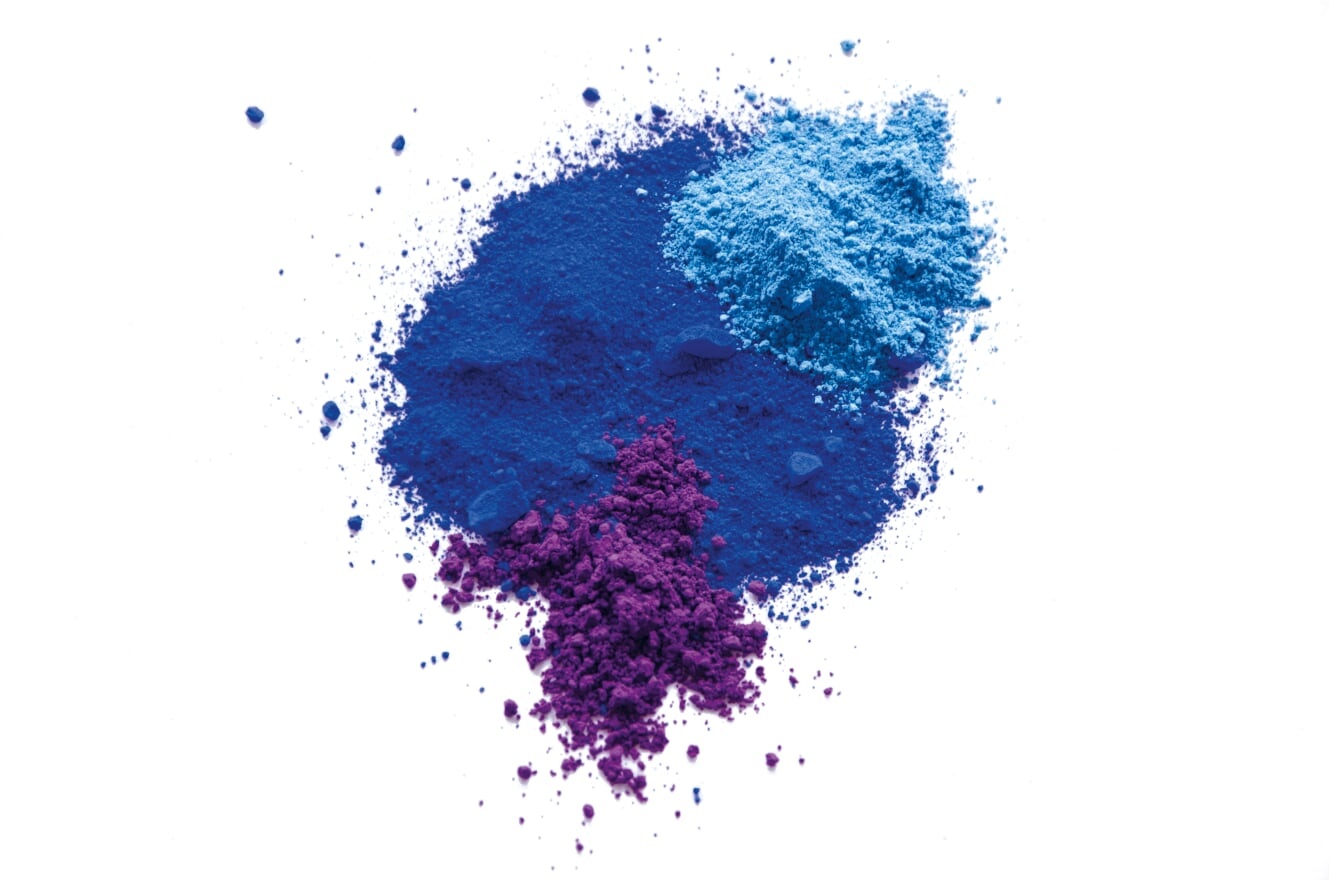Artist Pigment
Pigment is the insoluble colour powder that is the key ingredient in all colours, by adding pigment to a binder the colours are created. So whether you're painting with oil, acrylic, watercolour or crayons, they all contain the same pigment, how cool is that! Artist's pigments are perfect for those who want to create their own colour mixtures, experiment with tempera or are interested in the craftsmanship behind oil paints and watercolours.
Traditionally, pigments have been divided into organic and non-organic pigments where organic pigments are extracted from plants and animal parts and the non-organic pigments are taken from the soil or extracted by crushing stone materials. Since the second half of the 19th century and the industrial revolution, more and more pigments have been produced synthetically and now most pigments are synthetic. Synthetic production ensures consistent quality and also replaces many toxic and dangerous pigments. Not to mention that today's artists do not have to grind gemstones for hours for a little ultramarine.
Different pigments have different hiding power, i.e. how opaque a colour is on the surface. Ultramarine is an example of an opaque blue pigment, while raw sienna is a glazing (transparent) yellow pigment. The opacity of the finished paint colour also depends on the binder used. Gum Arabic used in watercolour paints has no opacity at all, so watercolour paints are usually transparent. Particle size, how it is distributed in the binder and the concentration of pigments also play a role in the opacity of a colour.
Traditionally, pigments have been divided into organic and non-organic pigments where organic pigments are extracted from plants and animal parts and the non-organic pigments are taken from the soil or extracted by crushing stone materials. Since the second half of the 19th century and the industrial revolution, more and more pigments have been produced synthetically and now most pigments are synthetic. Synthetic production ensures consistent quality and also replaces many toxic and dangerous pigments. Not to mention that today's artists do not have to grind gemstones for hours for a little ultramarine.
Different pigments have different hiding power, i.e. how opaque a colour is on the surface. Ultramarine is an example of an opaque blue pigment, while raw sienna is a glazing (transparent) yellow pigment. The opacity of the finished paint colour also depends on the binder used. Gum Arabic used in watercolour paints has no opacity at all, so watercolour paints are usually transparent. Particle size, how it is distributed in the binder and the concentration of pigments also play a role in the opacity of a colour.
Show more
Show less
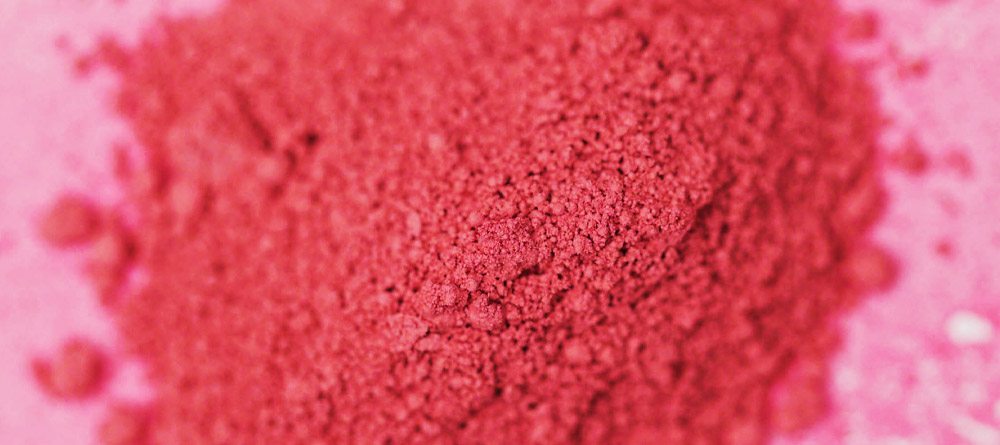
 United Kingdom (GBP)
United Kingdom (GBP)